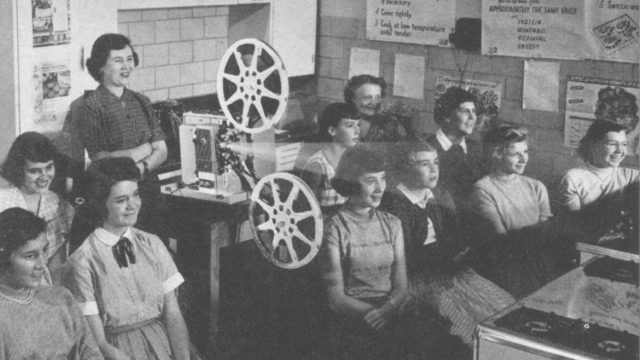A couple of weeks back Babalugats wrote a provocative essay distinguishing fans who love movies from fans who love only certain types of movies. Observing that the latter often take excessive umbrage of even the mildest critique of their object of cinematic affection, the article proffered that those with a larger view of film as an artistic and cultural medium are less confrontationally protective of their notions of what movies are.
This is understandable, as our environmental exposure to movies has become more constricted. A reduced number of IPs dominate the ad space in the modern film market, and original content is lost amidst an algorithmic streaming Sargasso. Classic film syndication for television has been replaced by infomercials. Today one has to search out streaming channels (and TCM) for movies, rather than having them drop on your set after Vin Scully (RIP) called it a day. The number of independently run urban theaters has declined, so foreign releases and classic movies revivals are not getting the showcase treatment they once enjoyed. If you’re lucky you can take a couple of film appreciation classes at your library or college but they often treat movies as a gateway to other pursuits, like travel, history or literature. Where there was once a vibrant public discussion as to the quality of cinema led by critics and scholars, today we nurture our fandoms among those who share our likes.
Movies never had the widespread respectability of other artistic genres. Public schools place a higher priority in literary analysis than film analysis. Cultivating a taste for cinema was a quasi-subversive act when I was young— you did it at your leisure, often to postpone doing something that others thought to be more productive. That’s why critics were so important to developing a taste for movies not currently in local theaters. If television offerings whetted your appetite, critics had your slothful back. That’s why Siskel and Ebert’s shows (and in L.A., those hosted on KTLA by Tom Hattan) were so revered: They gave you a head start on film culture by taking their musings out of the library and into your living room.
Occasionally these discussions were augmented by personal contacts. I was introduced to auteur theory by my senior year English teacher who introduced me to the then somewhat disreputable pictures of Samuel Fuller and Sergio Leone, and convinced me that Brian DePalma wasn’t a derivative hack. His view of film art served as a contrarian riposte to the good taste and socially edifying recommendations of adults and established film authorities (like the estimably informed Leonard Maltin) that my friends and I were checking out. It’s kind of surprising how many of his eccentric opinions are widely accepted now.
In the past few years, TCM, long seen as a kind of nostalgia channel, has modernized its approach to capture the attention of potential film fans. Alicia Malone’s Follow the Thread series integrates the history of design, costuming, and the manufacture of celebrity, integrating cultural history and the decorative arts while expanding the appeal of classic film to those with interests beyond the movies. Likewise, Dr. Jacqueline Stewart’s video and on-line work on cultural representation in American film threads a fine needle between appreciating what is worthwhile about Hollywood cinema while addressing its more troubling facets, an approach that mirrors more contemporary academic uses of films to address social concerns to college educated film fans.
As one of this site OG’s my experiences in cinephilia might be unique to yours. How did you get to become a film fan? Who were your biggest influences? How do you impart your wisdom to queries you receive from movie fan novices. Lastly, what approaches should public intellectuals use to expand a basic knowledge and appreciation of film beyond what is commonly in practice?

